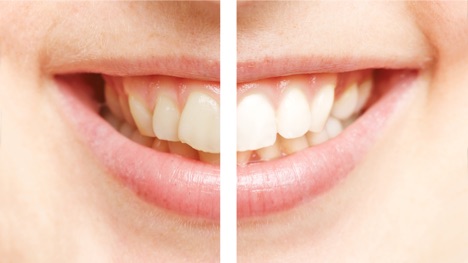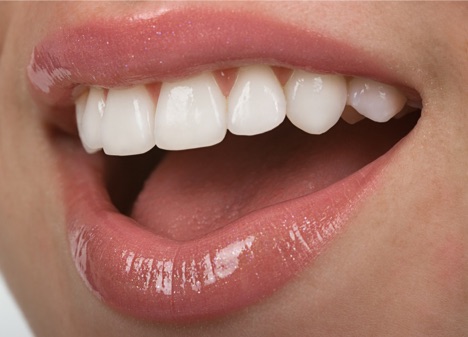
Professional Teeth Whitening vs. Home Remedies
Brighten Your Smile: Choosing Between Professional Teeth Whitening and Home Remedies
Teeth whitening improves your smile by removing discoloration with

Mouthguards do more than protect your child’s teeth. A good mouthguard that has been properly fitted actually redistributes the force of an impact. This redistribution reduces the damage done to soft tissues like the gums and cheeks. There is even some evidence that wearing a mouthguard can help prevent head injuries, or at least reduce their severity.
Have your child wear a mouthguard while playing any contact sport, both during the game and during practice. Contact sports include:
Your child also needs to wear a mouthguard while playing other sports that are not traditionally considered “contact sports.” Other high-risk sports include:
These sports are just as risky, if not riskier than traditional contact sports. There is often forceful contact between players during the course of the game but the players do not have to wear full protective gear. All it takes is one misplaced kick or thrown elbow to break teeth and damage gums.
The Canadian Academy of Sport and Exercise Medicine (CASEM) states that, “While mouthguards will certainly protect soccer players from dental injuries, they may also decrease the risk of concussion.”
There are three types of mouthguards available for children:
The basic mouthguard is inexpensive and sold at athletic supply shops, on the internet and at drug stores. It is better than nothing but they generally don’t fit properly. This makes it uncomfortable to wear and interferes with the child’s ability to breath and talk. You aren’t saving money if your child sneaks out onto the playing field without his or her mouthguard because it is too uncomfortable. Your child’s ability to breath comfortably is also especially important when he or she is playing sports.
The moldable mouthguard is also fairly inexpensive and sold at athletic supply shops, on the internet and at drug stores. It is definitely the better choice in store-bought mouthguards. You just soak it in hot water for a minute to soften it then put the appliance in your child’s mouth (after it cools down a little). Have your son or daughter bite down on it while it is soft and the mouthguard will form to his or her teeth. This type of mouthguard is more comfortable, stays in place and lets your child breathe and talk more freely.
The best possible mouthguard for your son or daughter is a mouthguard that is made by his or her dentist. The dentist uses high-quality, long-lasting material that he or she molds around your child’s teeth. This is by far the most resilient, protective and comfortable mouthguard you can get. If your child plays multiple sports throughout the year, it is well worth the extra money to have one of these made. If your son or daughter has braces on his or her teeth, this is definitely the only way to go.
Health Canada points out that, “Mouthguards are usually worn only on the upper teeth, but people with braces on their lower teeth should consider using mouthguards on both sets of teeth.”
Mouthguards must be kept clean to prevent the buildup of bacteria. They are also often dropped on the ground before, during and after practice or a game and your child’s hands are not exactly clean when he or she takes the mouthguard out of his or her mouth. Scrub the mouthguard with a soft toothbrush and mild dish soap when you get home from the game or practice. Place it in a sturdy container that is well-ventilated and keep it out of direct sunlight and heat.

Brighten Your Smile: Choosing Between Professional Teeth Whitening and Home Remedies
Teeth whitening improves your smile by removing discoloration with

Damaged or misshapen front teeth can cause stress and lack of confidence. Fortunately, most cases can be improved. When it
© 2025 Dunbar Dental. All Rights Reserved